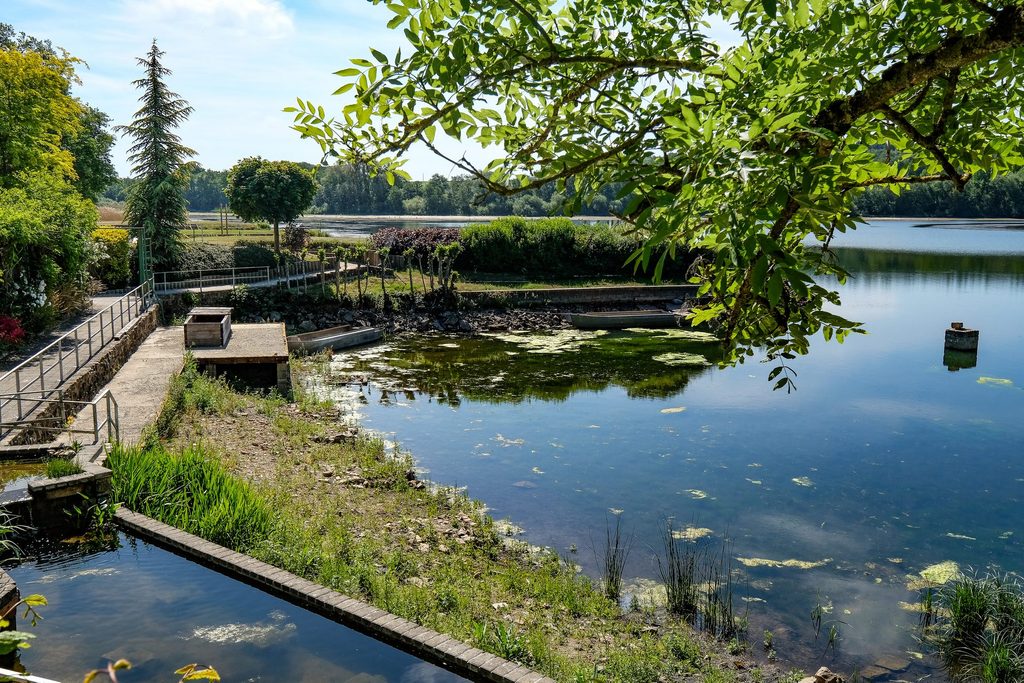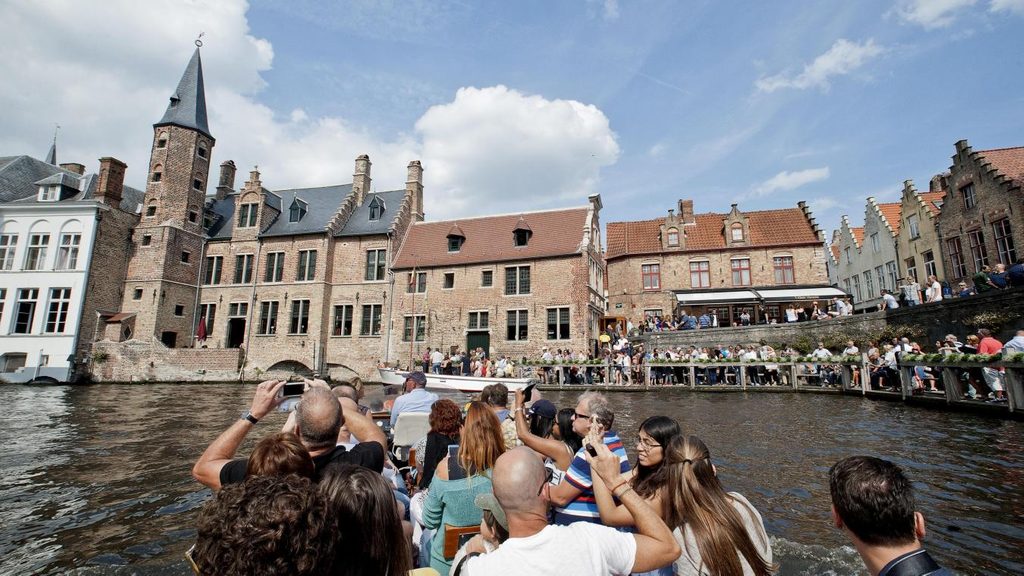The Covid crisis and resulting restrictions on travel saw many Belgians rediscover their country and local traditions. In 2021, tourist accommodations in Belgium recorded over 21 million overnight stays, with the popularity of day trips also booming.
This growing demand for vacations within Belgium has continued in the post-pandemic world – a boost to local tourism but one that comes with its fair share of problems. From parking shortages and traffic congestion to inconsiderate behaviour, all tourist sites need to consider whether the downsides are compensated for by economic gains.
To manage over-tourism, Belgium has implemented various measures. For instance, Visit Wallonia aims to reach tourism levels similar to 2019, focusing on striking a balance rather than tackling over-tourism directly. In Durbuy, quotas have been introduced to limit tourist accommodations in relation to the local population.
For instance, at Lake Bambois – a popular site for swimming near Charleroi – the influx of day tourists strains local infrastructure causing inconvenience to local residents. Similarly, the Ninglinspo waterfall attracts a large number of tourists, also leading to parking issues and road safety concerns.

Bambois lake in Fosses-La-Ville, Wallonia. Credit: Belga
Bruges, known as the "Venice of the North," has been particularly affected by over-tourism and has taken steps to discourage tourists, such as ceasing to advertise day trips and limiting the number of cruise ships docking in Zeebrugge. Similar to Amsterdam's approach, Bruges is implementing "demarketing" strategies to alleviate the pressure.
Problems caused by tourists in Belgium are a pressing issue. While many of the sites are trying to solves the issues themselves, effective solutions must be implemented. A number of solutions are being considered by the tourism industry. The World Tourism Organisation predicts a significant rebound in international tourist arrivals by 2023, emphasising the need to address problematic areas and promote lesser-known sites to distribute visitors more evenly.

Bruges has long been a tourist destination, though the city has had to numbers to avoid being overrun. Credit: Belga
To cope with the strain on infrastructure and public services, local authorities could invest more in improving transportation systems and infrastructure to handle the influx of tourists. Developing sustainable transportation options, such as promoting public transportation, cycling, and walking tours, would help to reduce traffic congestion and environmental impact.
But whilst logistical problems are one thing, disregard for local customs and traditions is quite another. To reduce boorish behaviour and ignorance, cultural awareness could be encouraged among tourists through educational materials, cultural sensitivity training for tourism professionals, and the promotion of responsible tourism practices.
By addressing these problems and implementing these solutions, Belgium can better manage the impact of tourism, ensuring a more sustainable and enjoyable experience for both visitors and local residents.

